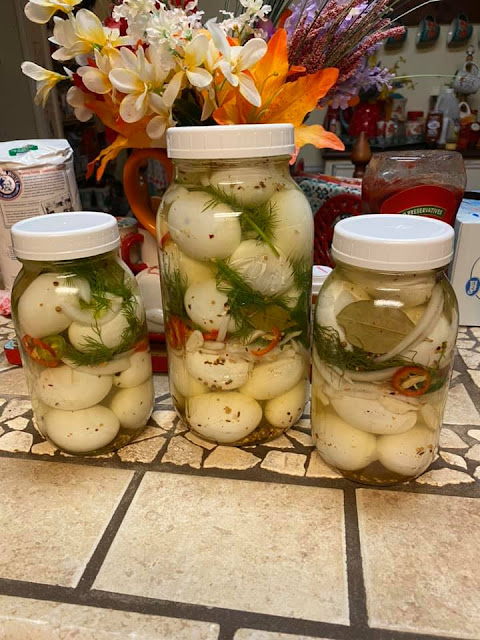Unveiling the Aromatic Essence: The Timeless Allure of Bay Leaves in Cooking
Join us as we delve into the world of the bay leaf, a humble herb that has captured the hearts of many culinary enthusiasts.
From its origins as a tiny plant to its current impressive stature, this 17-year-old bay leaf tree has become a cherished companion in the kitchen. Discover the secrets of nurturing this hardy herb, and explore the various ways it can enhance your favorite dishes. Whether it's adding depth to soups, imparting flavor to stews, or lending a touch of magic to bolognese sauce, the bay leaf proves to be an indispensable ingredient. Let's embark on a journey of taste and aroma with this culinary treasure!
The Story of My Beloved Bay Leaf Tree:
Seventeen years ago, I planted a small bay leaf tree that has since grown into a cherished member of my garden. Standing tall at 20 cm when I first planted her, this bay leaf tree has thrived in a spot down the side of my house, where it is shielded from harsh afternoon sunlight. Bay leaf trees are known for their hardiness, tolerating frost in winter and withstanding temperatures up to 40°C in the scorching summer heat. Over the years, I have nurtured and cared for this tree, reaping the rewards of its fragrant leaves that have become a staple in my culinary adventures.
The Versatility of Bay Leaves:
Bay leaves, with their distinctive aromatic profile, have earned a special place in the hearts of cooks around the world. Their unique flavor adds depth and complexity to a wide range of dishes. I find myself using bay leaves both fresh and dried, as they lend their enchanting essence to soups, stews, and my beloved bolognese sauce.
Recipe: Flavorful Bolognese Sauce with Bay Leaves
Ingredients:
- 2 tablespoons olive oil
- 1 onion, finely chopped
- 2 cloves garlic, minced
- 1 carrot, finely diced
- 1 celery stalk, finely diced
- 500 grams ground beef
- 400 grams canned crushed tomatoes
- 2 tablespoons tomato paste
- 1 teaspoon dried oregano
- 1 teaspoon dried basil
- 2 bay leaves
- Salt and pepper to taste
Instructions:
- Heat the olive oil in a large saucepan over medium heat. Add the chopped onion and minced garlic, and sauté until fragrant and translucent.
- Add the finely diced carrot and celery to the saucepan and cook for a few minutes until they begin to soften.
- Increase the heat to medium-high and add the ground beef. Cook until the beef is browned and cooked through, breaking it up with a spoon as it cooks.
- Stir in the canned crushed tomatoes, tomato paste, dried oregano, dried basil, and bay leaves. Season with salt and pepper to taste.
- Reduce the heat to low, cover the saucepan, and simmer the sauce for at least 1 hour, stirring occasionally to prevent sticking.
- After the sauce has simmered, taste and adjust the seasoning as needed. Remove the bay leaves before serving.
- Serve the bolognese sauce over your favorite pasta, garnish with freshly grated Parmesan cheese, and enjoy the rich flavors infused with the magic of bay leaves.
The bay leaf, once a small plant, has grown into a treasured companion in my kitchen. Its hardiness and versatility have allowed me to enjoy its fragrant leaves in a variety of dishes. From soups and stews to the beloved bolognese sauce, the bay leaf adds depth and complexity to every bite. As we celebrate the wonders of this humble herb, let's continue to explore its culinary possibilities and savor the magic it brings to our meals.






















Comments